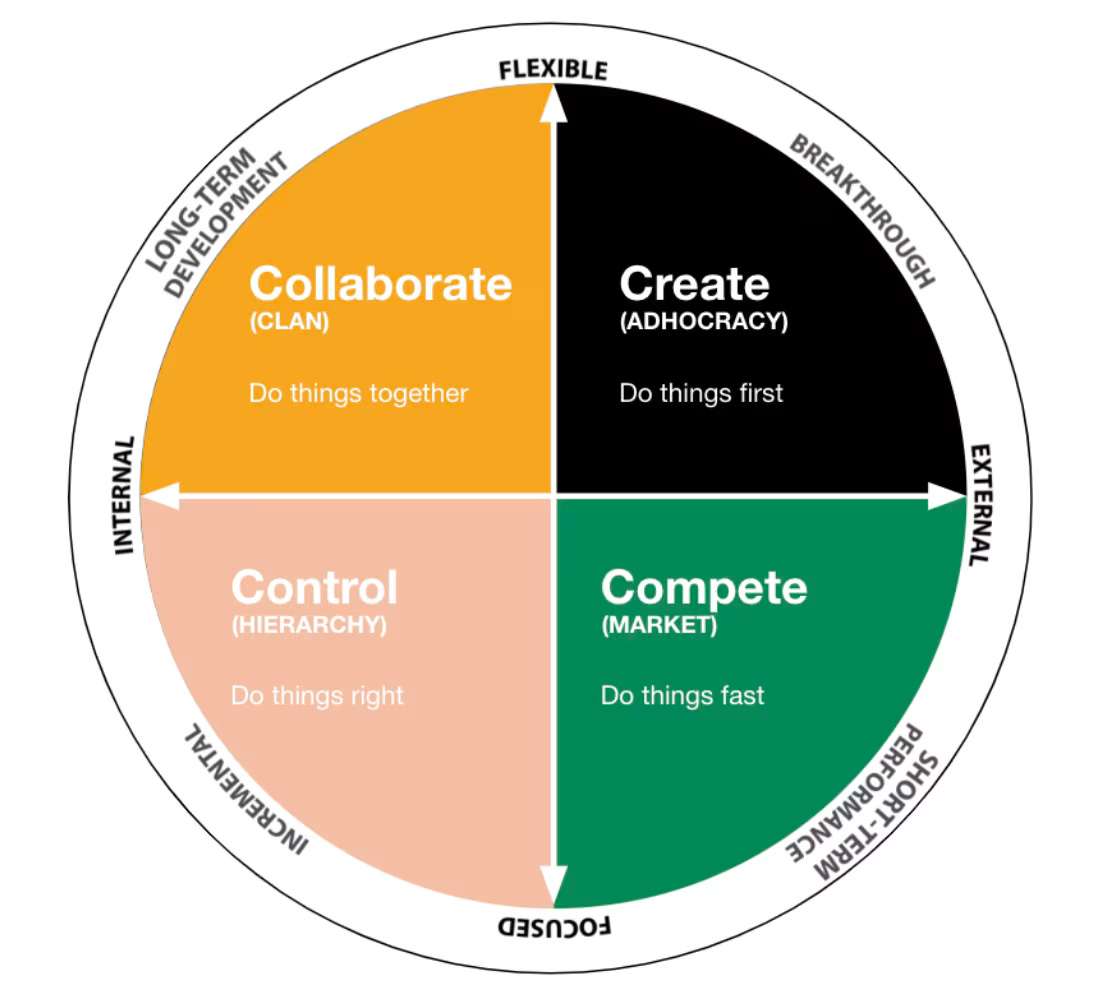Hey teams! You said you wanted those insights but you forgot to use them (Part 1)
All that research is only as good as the knowledge created. The knowledge is only as good as its impact on decisions. Decisions are driven by culture. Shall we unpack culture then?
Understanding your users is only half the battle. The real challenge? Making sure your entire organization not only receives but acts on those invaluable user insights. If user insights is a product, then the stakeholders are the customers. The secret to successfully landing user insights with these stakeholder-customers lies in understanding their organizational culture.
I asked 3 main LLM’s what are the top challenges user insights functions face in an organisation? Here they are:
Alignment with business strategy - Researchers need to ensure their findings are understood and valued by stakeholders, which can be challenging when business objectives and user needs conflict.
Proving value and impact - Organizations may not fully appreciate the strategic insights that user research provides, leading to underutilisation of research reports and findings.
Lack of proper organisational structure and reporting - This can lead to a lack of visibility, influence, and input at higher levels of the organisation.
Recruiting the right users and managing the right data, the right way - Managing collection, storage, organisation, and analysis of data and users is complex and requires essential skills.
Organization culture significantly influences at least three of these four factors. Specifically, factors 1 and 2 are directly tied to how business-critical and user-centric insights are communicated and consumed within an organization.
As UX professionals, we are often so focused on understanding our users that we forget to apply the same magnifying lens to our own organizations.
Groups of people relate to each other through culture. Organisations are created and run by groups of people, and hence organisational culture is how these groups relate to each other, their work, and the outside world.
What is the Competing Values Framework?
The competing values framework (CVF) is one of the many ways to structure and measure organisations’ cultural personalities. Here is a brief overview of the framework.
The model is based on the following polarities:
Focus (Stability) vs flexibility: Too much stability may lead to stagnation and resistance to change, while excessive flexibility can result in chaos and lack of direction. A healthy culture finds the right equilibrium between these two extremes, fostering both stability for continuity and flexibility for innovation.
Internal focus vs external: An internal focus emphasises employee well-being, organizational cohesion, and process efficiency, while an external focus prioritizes customer needs, market trends, and competitive positioning. Balancing these perspectives is crucial for sustained organisational performance and relevance.
In this 2 part post, we will use the CVF to inform distinct communication strategies that work and succeed in their unique cultural homes.
Guidelines for an insights communication strategy
How does one bridge a cultural assessment of their company with an insights communication strategy? Some key guidelines to consider are:
Have a clear and methodical understanding of where your organization falls within the CVF quadrants.
Understand and address what ‘feels’ business critical in context of these cultures. AKA align with the business strategy. e.g. de-risking might be critical to CONTROL culture whereas fail-fast is valuable to CREATE culture.
Align communication strategy with the cultural type. e.g. workshopping might be impactful in COLLABORATE culture, while executive summary digests might be better for CONTROL culture.
Involve the stakeholders that matter. The ones who need the information to be successful, the ones who are champions of insights, and so on. e.g. in a CLAN culture, this might mean a wider group, while in a HIERARCHY culture, it might be more targeted.
Develop a shared vocabulary that resonates with the culture, and stick to it when it works. Derive inspiration from all-hands meeting decks and financial reports.
Tailor actionable next steps to the culture. e.g. MARKET culture might benefit more from quick actionable iterations that can be A/B tested.
Measure and communicate impact that feels relevant to the culture. e.g. growing number of PWdRs will seem impactful in CLAN culture whereas outcomes of exploratory projects will feel impactful for ADHOCRACY.
The many layers of culture
People are complex and by association, culture is complex too. The bigger and older the organisation, the more layers of culture will there be.

Ambitions: If you went on to ask your stakeholders, not only about how things are (As is) but how they see the future (To be), you will uncover an overview of Current vs desired/preferred culture. For UX roles, we often consider our work to be change agents. For growth/change, it is important to align the strategy with the desired cultural direction.
Subcultures: Different departments or teams within the same organization will often have distinct subcultures. A one-size-fits-all approach will not work across the entire organization.
Cross-cultural considerations: In global organizations, be cautious with applying Western-centric cultural and communication models without considering regional specificities.
Metrics and Signals: Without establishing clear metrics for measuring the success of your communication strategy, it becomes difficult to prove, iterate and improve over time.
Summary
Through the lens of the Competing Values Framework, we can tailor communication of user insights to resonate with unique organizational cultures. Whether it is a collaborative Clan, an innovative Adhocracy, a competitive Market, or a structured Hierarchy, the most impactful insights are those that are being used as they speak the organization's language.
Part 2 will elaborate on the four culture specific breakdowns.
You know you need quality UX outcomes but don’t know where to start? I am Soma and I help teams get to evidence-led product market fit, growth, or a successful pivot. My toolkit includes research, design and systems-thinking.




